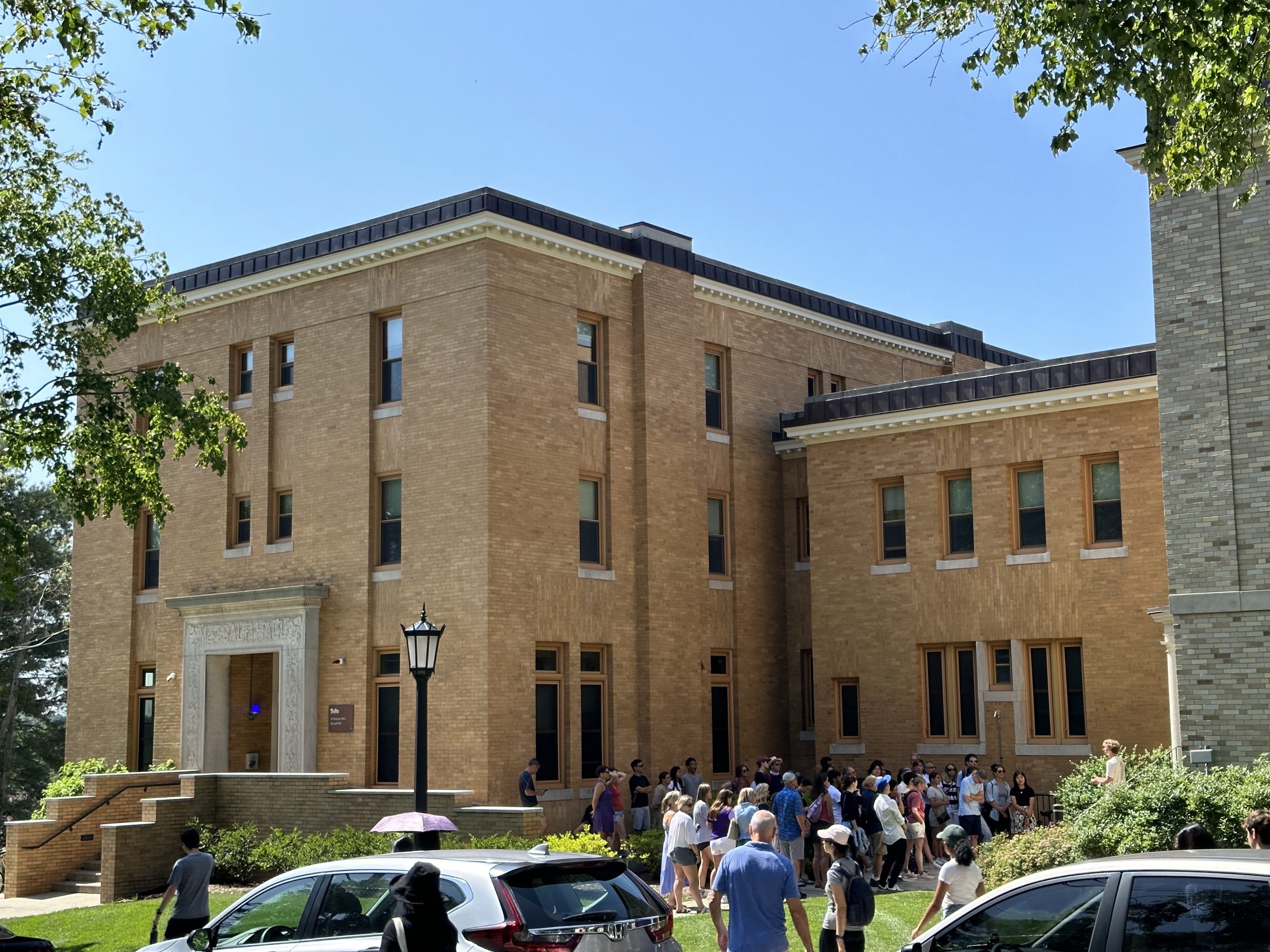Today my first destination is Tufts University, the only research university in the New England Small College Athletic Conference (NESCAC), a collection of selective liberal arts schools in northeastern states of the U.S. I go to Beijing City International School, and one of our past graduates, who was also a recent jingkids intern, currently attends Tufts university!

Let’s get into the weeds of Tufts. Located right outside of Boston in Melford/Somerville, Tufts has a collection of conventionally attractive red brick buildings that can be found in most universities with a long history. Despite being a R-1 research university (these qualified universities receive federal funding for academic research), Tufts has an emphasis on the undergraduate body, as there are more undergraduates than graduates. Professors are accessible and keen on giving younger students research opportunities. Ninety-six to 97 percent of the classes are taught by professor themselves, and down to each student, probably one class throughout their college experience is taught by a PhD candidate or a teaching assistant. All of this characterizes Tufts as a private, small research university. It is just large enough to feel like a university but small enough to feel like a liberal arts college, much like Dartmouth College.

Tufts has multiple campuses – one is even in France. It is very difficult to transfer schools though, and the majority of students are at the Boston campus. Consider Tufts as an umbrella with different branches beneath – the school of engineering, the school of arts and sciences, and the school of fine arts. The school of arts and sciences is very much like a liberal arts college, except it has an open curriculum, which means “no distribution requirements.” Students don’t have to take a few classes in each field, such as math, science, and English, but can take any classes and combinations of classes they want, or in simpler words, never take the classes you hate in high school again. Students aren’t held to the major they chose when they applied to Tufts, and do not need to declare on until the end of sophomore year. Changing majors is incredibly easy – the process is simply filling out a piece of paper and giving it to your academic advisor. The schools of fine arts and engineering have a more rigid class setting, as those colleges already have designated majors that require certain classes to succeed. Students cannot transfer schools in their freshman year.


Tufts Tips:
- Tufts is a predominantly white school, but it places a huge value on social justice, equity, and inclusion. It is open towards many first-generation students and historically marginalized groups.
- Tufts sees itself as an adventure and exploration. The university values process and progress more than results, so keep that in mind. Learning and growth are key themes.
- Linda Huang, a past jingkids intern and BCIS alumn, attends Tufts university. She is passionate about making a different in the world, socially stirring it towards good progression, and making everyone feel valued and counted in. Outspoken, outgoing, and absolutely kind, she is the perfect fit for Tufts.
- Tufts has the tradition of having freshmen light candles in an illumination ceremony on their first night on campus to begin their journey. The sense of romanticism and community is apparent. Tufts alumns are also incredibly eager to help current students.
KEEP READING: Visiting the School Named After Alexander Hamilton
Images: Helen W




